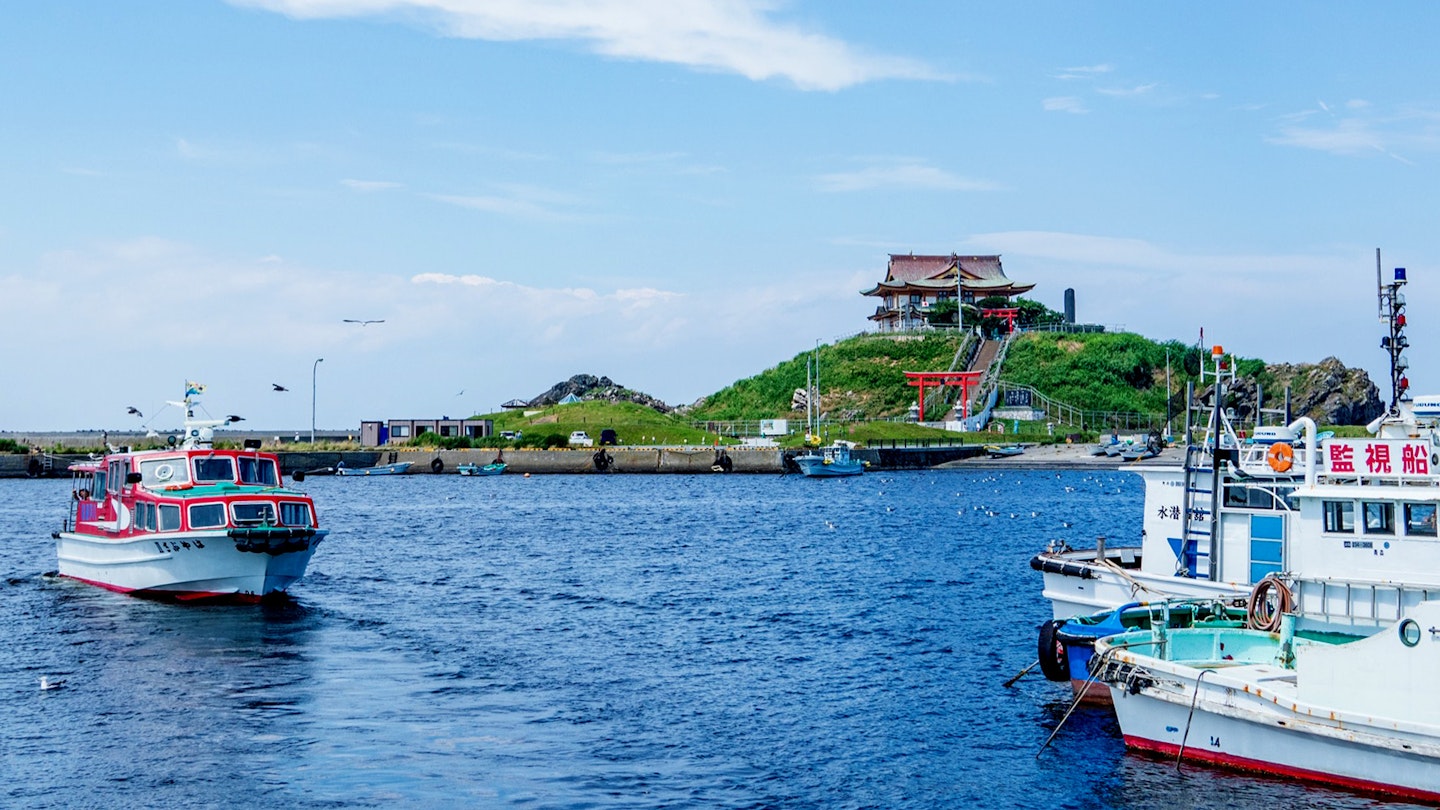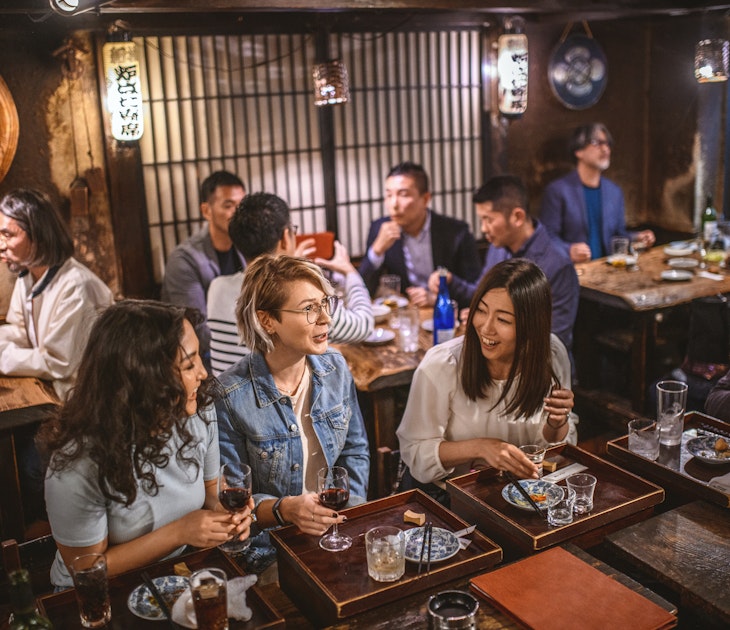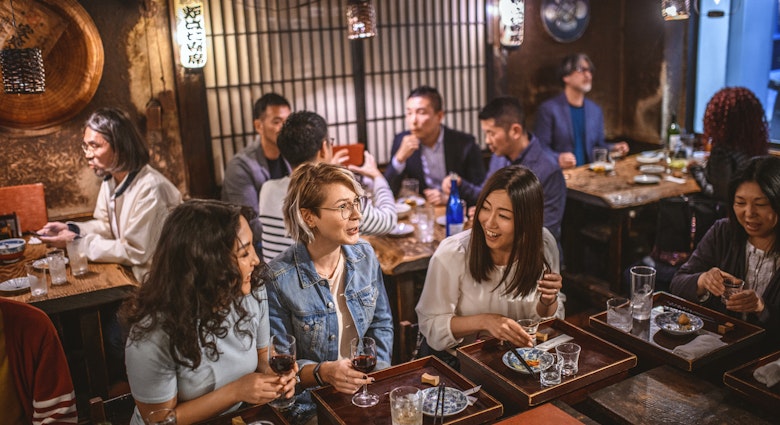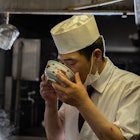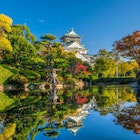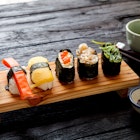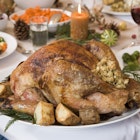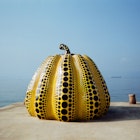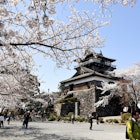Most people only know the name Hachinohe as a momentary stop on their bullet train journey en route to Japan’s northern-most main island of Hokkaido.
But those who speed on by are missing out on what is an easily incorporated stopover in one of the best foodie destinations in the country.
Hachinohe’s huge and vibrant culinary scene seems disproportionate to its small population. When you think of a quaint, seaside town, you’d be forgiven for assuming limited food options.

But with thousands of tons of seafood pouring into the city’s ports each morning, from its famed flying squid to fatty Hachinohe maeoki mackerel, and locally produced beef, chicken, garlic and sake, here the decadence of the freshest and finest ingredients is simply woven into the very fabric of community life.
From sunrise to an after-dinner tipple, there are plenty of experiences and dishes to whet the appetite for any food lover. Here's why your stomach deserves a sojourn in the Hachinohe area of Aomori.

Mutsuminato Station Morning Market
Morning markets are quintessential to Hachinohe culture and early risers are rewarded with a breakfast like no other.
From Mondays to most Saturdays, wake with the sun and head to Mutsuminato Station Morning Market. Known as the ‘Kitchen of Hachinohe,’ this atmospheric post-WWII Showa-era fish market allows you to put together your own breakfast.
Wander the stalls and buy small amounts of fresh sashimi and side dishes from the vendors. Then take your selections to the seating area out back where you can buy a bowl of rice and miso soup, and tuck into the freshest breakfast bowl around.
While perusing the offerings, rub shoulders with the isaba-no-kaccha, literally meaning the “market mothers,” with their distinctive handkerchief headscarves and woven baskets upon their backs, who are there to both shop and sell. So much a local institution, they are honoured by way of a statue out the front of the market.
Tatehana Wharf Morning Market
If you can time your visit for a Sunday from mid-March to December, you absolutely cannot miss the lively Tatehana Ganpeki Asaichi or the Tatehana Wharf Morning Market.
The largest morning market in Japan, this 800-meter-long wildly popular breakfast spot boasts approximately 350 stalls and plenty to write home about, including delectable fried chicken wings worth indulging in despite the early hour.

Hachinohe Senbei-jiru Soup
Senbei-jiru is unique to Hachinohe and a must on any culinary to-try list. This hearty soup is usually made with chicken or mackerel along with vegetables in a soy sauce-based broth.
What makes this local soup really special is the Nanbu senbei crackers that are broken up and added during the final stages of cooking. While senbei are most commonly made with rice, these local specialty crackers are made from wheat, a reflection of the conditions of the area that aren’t well-suited to rice production and have resulted in a special culinary culture in which wheat-based ingredients feature heavily.
Nanbu senbei can be bought and eaten as a snack as-is, or when added to Senbei-jiru cooked al dente for a slightly soft yet chewy texture. Other Hachinohe konamon, meaning ‘food made from flour,’ to try includes Hashikami Wase buckwheat noodles, hittsumi soup dumplings and grilled kushi-mochi.
Fishermen’s Stew
It doesn’t get any more Hachinohe than the image of fishermen and the jagged Tanesashi coastline. Fishermen’s Stew is Tanesashi’s signature dish, comprising of seafood from the day’s catch, making it an excellent way to sample seasonal ingredients.
Visitors wanting to try it can book a fishermen’s hot pot lunch experience, actually made by local fishermen at Tanesashi Fishing Port. The experience, one of several available from the local tourism office, includes after-meal coffee and banter with the fishermen, whose intimate knowledge of the local area will no doubt give you a deeper understanding of Hachinohe and its connection to the sea.

Seafood Dinner
Thanks to these bookable activities, organising a memorable seafood dinner in Hachinohe couldn’t be any easier.
Visitors can reserve a barbecue seafood dinner on the Tanesashi Coast and enjoy a locally sourced feast by the campfire – or opt for a glamping day trip with luxurious tents, an incredible BBQ, then after-dinner stargazing to the sounds of the waves on the grassy lawn.
For fine dining, choose the French restaurant option, which includes an early-morning outing to Tanesashi Fishing Port to make your selections direct from the day’s catch, served to you that evening at a local French restaurant.
An interesting way to enjoy French food with a local twist is during the winter Hachinohe Bouillabaisse Festival held in February-March each year. During the festival, the area’s restaurants and hotels take the French classic bouillabaisse and each create a unique dish that celebrates Hachinohe’s local produce by using no less than four seafood ingredients from the Port of Hachinohe.
Kuraishi Beef and Shamorock Chicken
While seafood naturally has pride of place in Hachinohe, so does the locally raised beef and chicken from nearby Gonohe.
Kuraishi beef or Kuraishigyu is an award-winning beef, renowned for its highly marbled meat and melt-in-your-mouth texture.
Shamorock Chicken is an original breed to Aomori, developed by combining the Aomori-native ‘Shamo’ and the ‘Plymouth Rock’ breeds. Taking the best qualities of each and twice as long to rear, it is said to result in a superior concentrated ‘chicken’ flavour. Now you know why those chicken wings taste so good!

Takko Garlic
You may think of garlic as simply a seasoning, but in the nearby town of Takko, garlic takes centre stage. Known as the ‘Town of Garlic,’ Takko produces an incredible 80 percent of Japan’s domestic crop, as well as its own Takko wagyu beef.
Here you can try the town’s specialty Garlic Steak with Rice and have an entire garlic-centric meal, including garlic cola and garlic ice cream.
Nanbu Fruit
Afterward, cleanse your palate in the town of Nanbu, where its impressive array of fruit varieties has earned it the reputation of ‘The King of Fruit in the North.’
A fun way to sample the town’s produce is to book a fruit parfait experience, during which you can make your very own sumptuous dessert with seasonal fruits. For a different take on the fruit theme, visitors can try a “smoking experience,” which involves mixing fragrant wood chips from local fruit trees to create an original blend, then lighting the chips to smoke nuts, eggs and cheese.
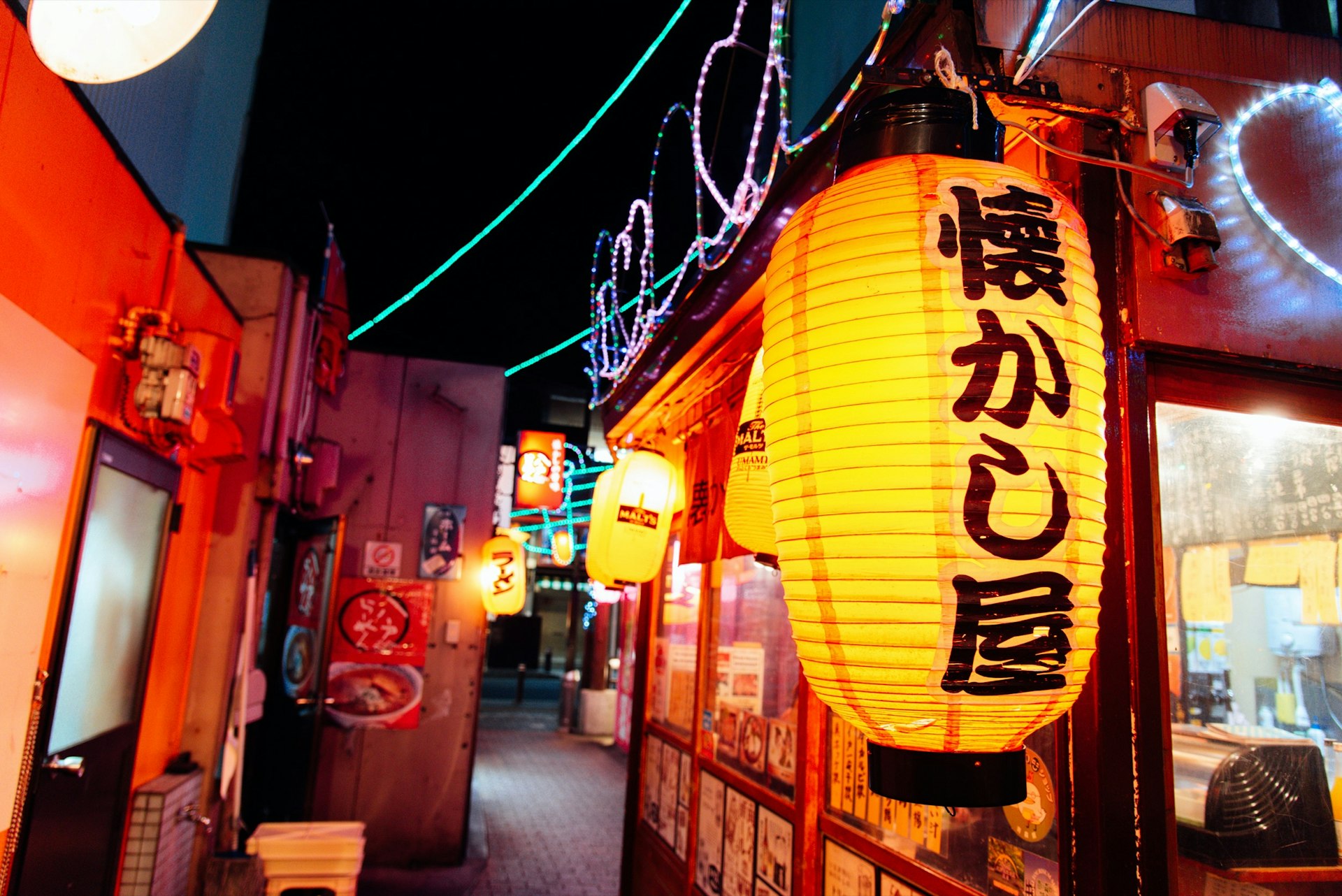
Hachinohe Yataimura Miroku Yokocho
By far the most exciting way to end a day in the Hachinohe area is to visit Hachinohe Yataimura Miroku Yokocho, a series of narrow alleyways of some couple of dozen permanent yatai food stalls and bars.
Each yatai only seats around eight people and is the perfect place to grab some light and tasty Hachinohe ramen and taste the varieties of local sake on offer. The warm atmosphere and conversation with curious locals make it easy to linger despite the early morning market wake-up call.
Make it happen
The most convenient way for many travelers to reach Hachinohe is by train. It takes just under three hours to get from Tokyo to Hachinohe by the Japanese shinkansen (bullet train). Tickets cost ¥13,000-¥19,000 ($120-180 USD).
This article was written in partnership with Visit Hachinohe.

